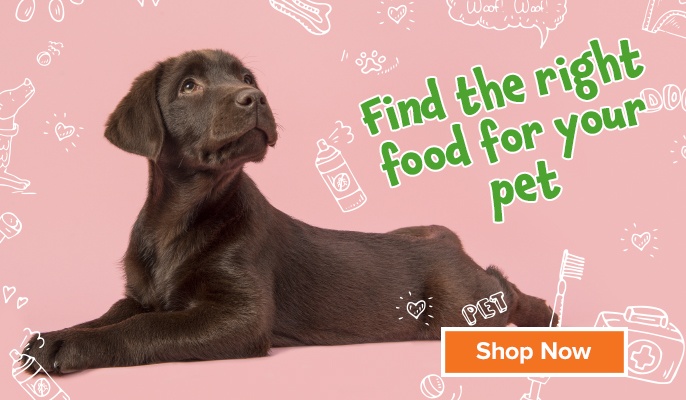If your dog or cat loves to eat then introducing new food should be easy, but, even if your pet will eat anything, it’s important you switch the food over gradually. There’s a one-week transition approach you should implement which is designed to prevent stomach upsets and deal with selective eaters too.
A great method to introduce new food to your pet
- Days 1 and 2 – give your pet 75% of the old food – only replace 1/4 of their feed with the new food
- Days 3 and 4 – move up to a 50% / 50% split of old and new food
- Days 5 and 6 – progress on to 75% new food and only 25% older variety
- Days 7 onward – you should be fine to move 100% to the new food.
If you’re unsure about switching food, or what ranges are suitable for your pet – talk to your vet for advice.
Tips to remember:
- Puppies become adults at 12 months of age and should transition to an adult dog food to ensure they are receiving proper nutrient levels for adult dogs. If you have a large breed dog, talk to your vet first, as they may recommend keeping them on their puppy food a few months longer.
- Cats become senior between 7-9 years old. In dogs, there is a bit more variation. The age of which your dog becomes a senior depends on their breed and size.
- To ensure you don’t over-feed your pet, it’s always best practice to refer to the recommended daily allowances given by each manufacturer and if giving a dry food, weigh out the portions.
- Transitioning between dry and wet dog food should follow a similar transition schedule of mixing in the old with the new.
For more information on life stage nutrition and the best diets, read our our guide.
Don’t forget we’re an online veterinary pharmacy, so you can buy all your pet’s prescribed medication (search for your product via our A – Z) and regular dog flea/tick or worm or cat flea/tick and worm treatments

